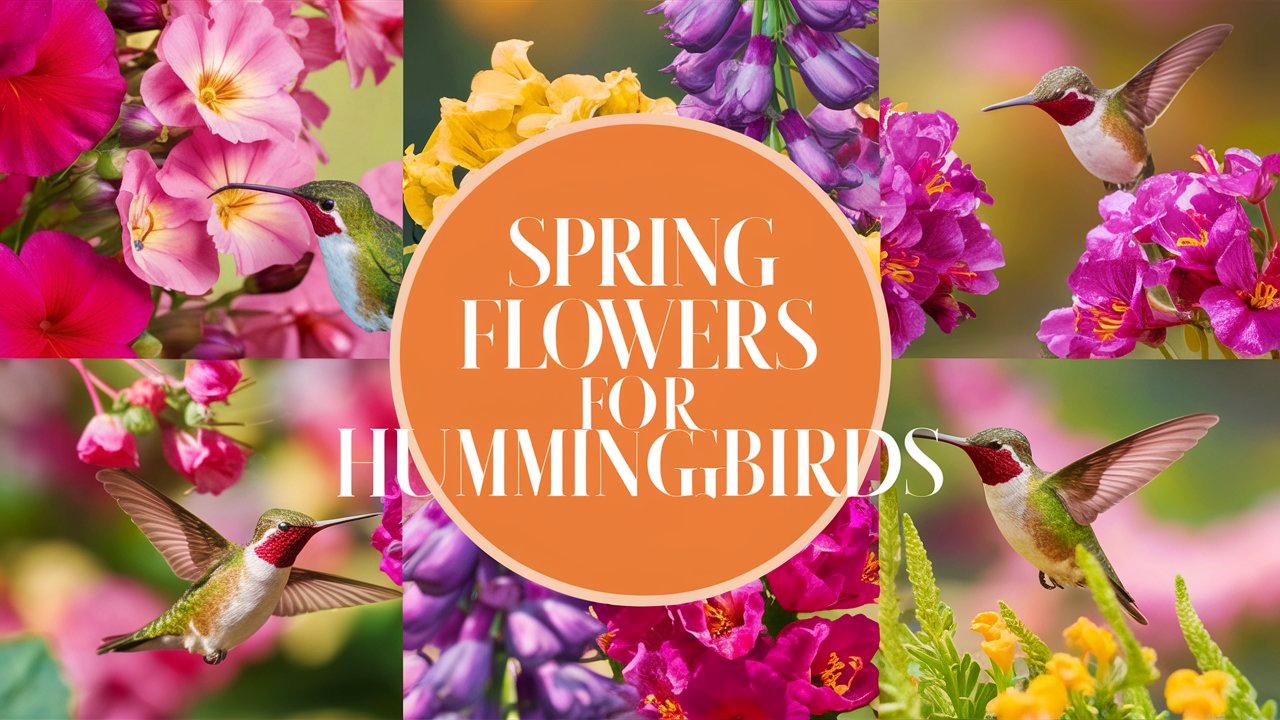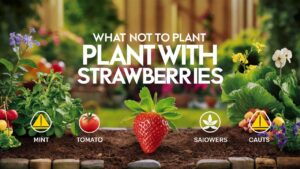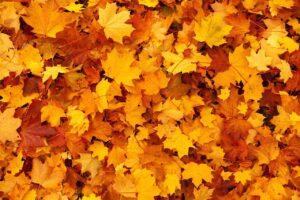As spring dawns, a symphony of life begins to unfurl in gardens, parks, and backyards, heralded by the fluttering wings of one of nature’s most vibrant pollinators: the hummingbird. These little creatures, with their mesmerizing aerial acrobatics and their penchant for bright colors, can turn your garden into a living spectacle.
By carefully selecting the right flowers, shrubs, and trees, you can create an oasis that attracts these delightful visitors. In this guide, we will explore various flowers, trees, shrubs, ground covers, and vines that are particularly appealing to hummingbirds in early spring. Let’s explore each category and discover how you can enhance your garden, nurturing these tiny avian beauties.
Flowers to Attract Hummingbirds
Hummingbirds are drawn to flowers primarily for their nectar, which provides them with the energy they need to sustain their rapid metabolism. Bright colors, particularly red, pink, and orange, signal to these birds that there’s nourishment nearby. Here are some fantastic options to consider planting in your garden this spring.
Cardinal Flower (Lobelia cardinalis)
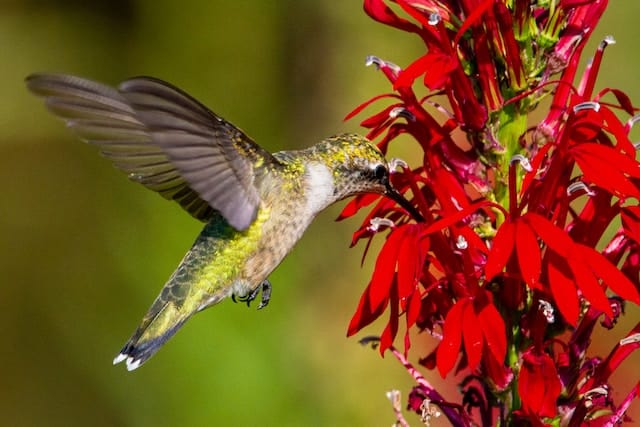
One of the standout choices for attracting hummingbirds is the Cardinal Flower. With its striking red blooms that can reach heights of 4 to 6 feet, this perennial thrives in sun to partial shade, making it versatile for many garden settings. It’s often found growing along streams and wetlands, bringing splashes of vibrant color to your landscape. The tubular flowers are perfectly designed for hummingbirds, inviting them to sip the sweet nectar.
Columbine Species (Aquilegia spp.)
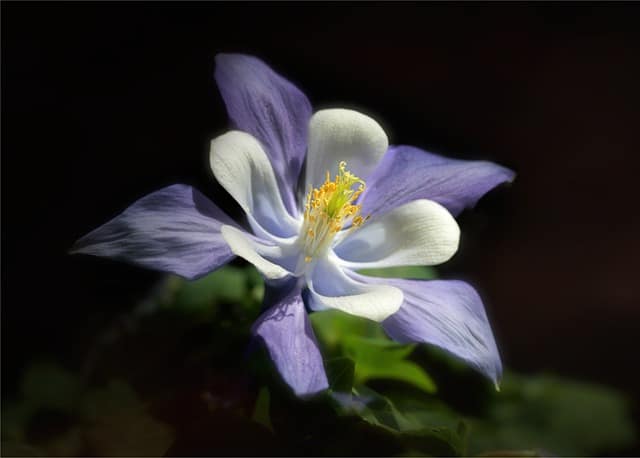
Columbines showcase a dazzling array of colors and forms, and they thrive in sun to partial shade. Typically ranging from 2 to 3 feet tall, these pretty flowers add a whimsical touch to any garden. With their distinctive spurred flowers, several species bloom in spring, providing a crucial food source for hummingbirds just as they return from their migration.
Coral Bells (Heuchera species)
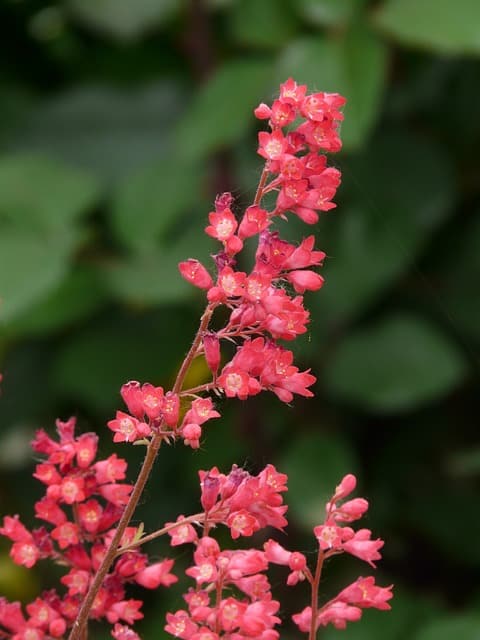
Lower in stature, reaching about 2 feet in height, Coral Bells are perfect for those who want to add beauty at various levels in their garden. They bloom in shades of red, attracting hummingbirds while providing the garden with lush foliage throughout the year. These plants adapt well to part sun or shade, making them ideal for under-tree plantings.
Fire Pink (Silene virginia)
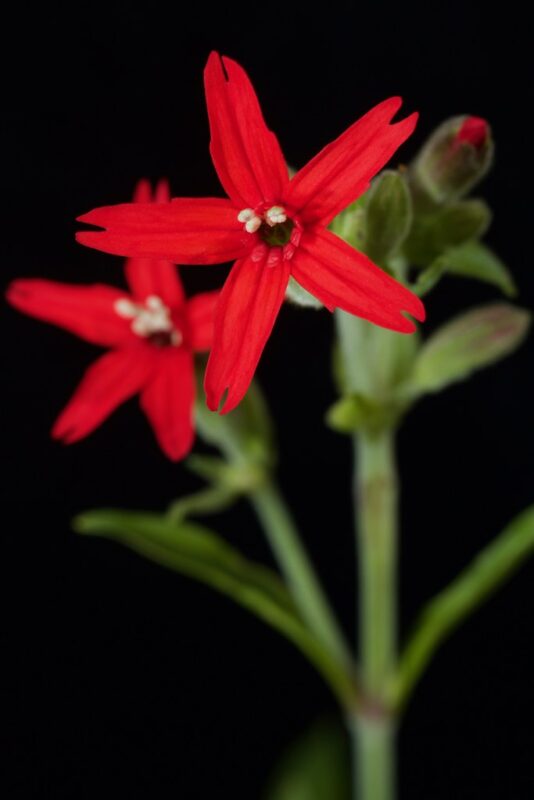
Fire Pink is a stunning wildflower that can grace your garden with deep red blooms, standing between 1 to 2 feet tall. Preferring sunny locations, it’s a resilient plant that thrives in poor soil conditions. The bright flowers are an early spring treat for hummingbirds, making your garden a vital stop on their journey.
Bleeding Heart (Dicentra eximia)
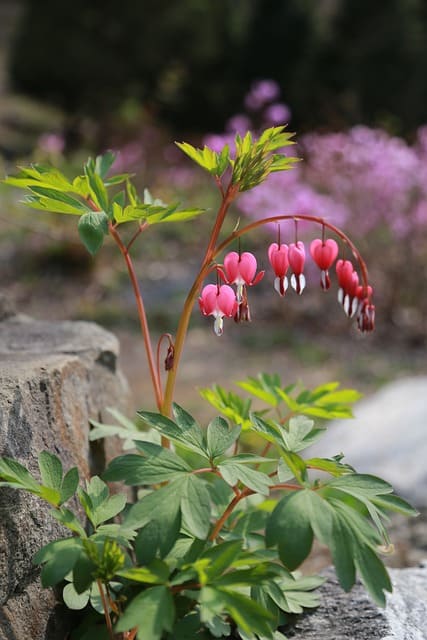
This charming perennial flower brings a touch of elegance with its delicate pink blooms. These flowers thrive in part sun or shade and only reach about 12 inches in height. As spring progresses, the Fringed Bleeding Heart adds depth and beauty to garden beds, and its nectar is irresistible to hummingbirds.
Indian Pink (Spigelia marilandica)
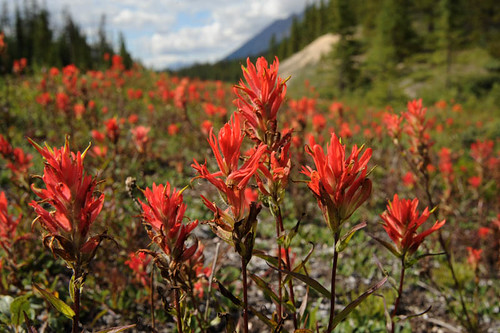
Native to woodland areas, Indian Pink features stunning red tubular flowers sitting atop tall stems that can range from 2 to 18 inches. This perennial enjoys part sun and light shade, offering a lovely pop of color to shadier areas of your garden. The rich nectar within these blossoms is a favorite among hummingbirds.
Lupine (Lupinus spp.)
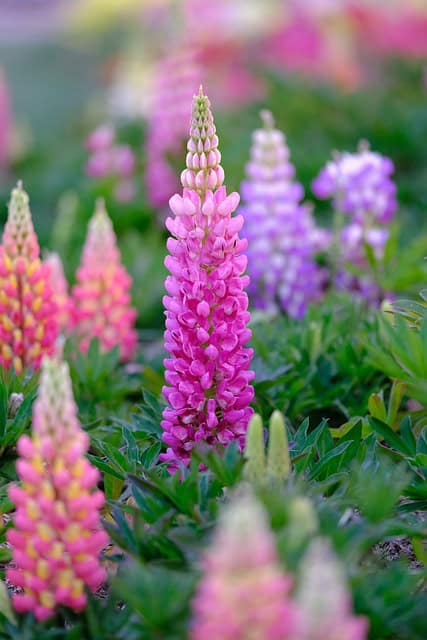
Lupines come in various colors and can vary in height, making them a great addition to any garden. These hardy perennials thrive in sunny locations and can create a striking visual impact when planted in groups. When the blossoms bloom, they attract not just hummingbirds, but also bees and butterflies.
Penstemon Digitalis (Foxglove Beardstongue)
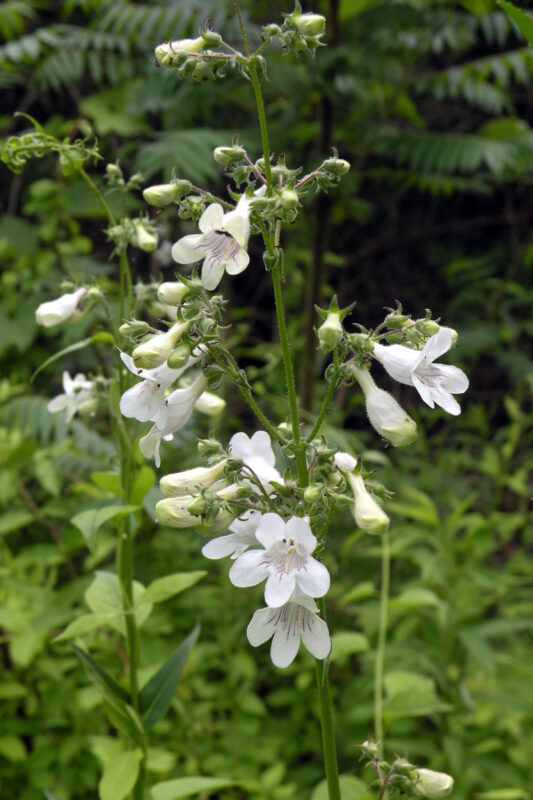
Known for its elegant white flowers, Foxglove Beardstongue can grow between 24 and 48 inches tall. Thriving in sun to partial shade, this beautiful plant blossoms in late spring, providing a crucial food source for hummingbirds during their peak activity period. The long, tubular shape of the flowers makes it easy for these birds to reach the nectar.
Solomon Seal (Polygonatum biflorum)
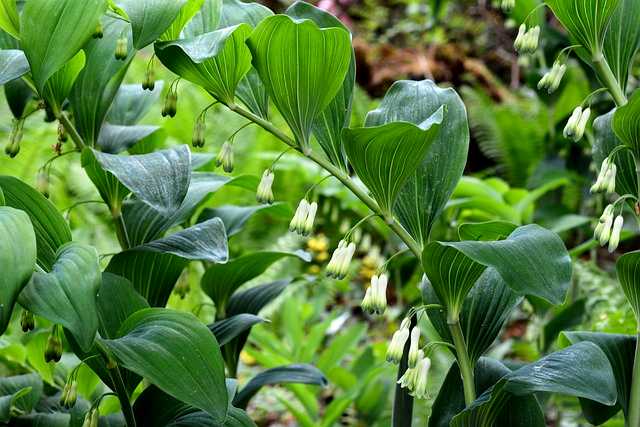
Solomon Seal offers a more understated charm with its arching leaves and creamy white flowers. This plant thrives in shade to partial sun, growing between 1 to 3 feet tall. Its subtle flowers may not attract the worst attention from humans, but they offer the sweet nectar that hummingbirds crave.
Scarlet Bee Balm (Monarda didyma)
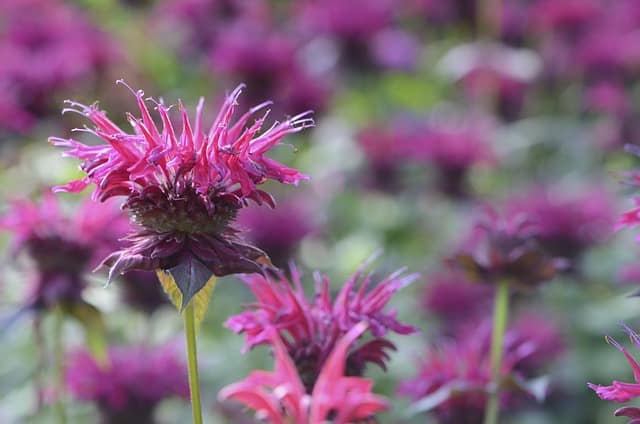
This perennial boasts vibrant red flowers and is beloved by hummingbirds. Typically growing 2 to 4 feet tall, it thrives in full sun and can quickly become a focal point of your garden. Bee Balm is not just appealing to hummingbirds; it also attracts a host of pollinators, enhancing the biodiversity of your garden while delighting the senses with its fragrance.
Salvia Species
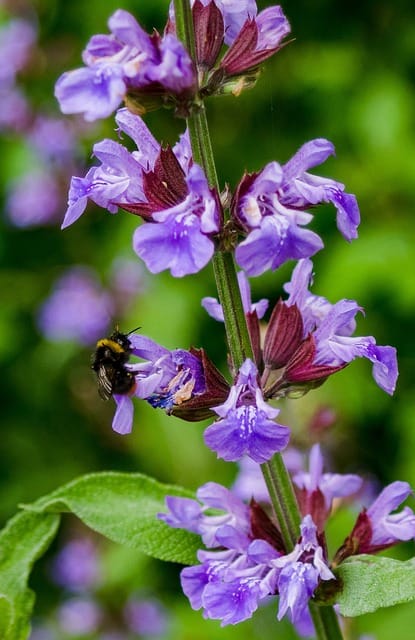
Salvia, or sage, encompasses a vast array of species, many of which are fantastic for attracting hummingbirds. Their tubular flowers bloom in various colors, especially blues and purples, and many thrive in full sun. The nectar-rich blooms are perfectly suited for hummingbird tongues, making these plants an essential addition to any hummingbird garden.
Trees that Attract Hummingbirds
Incorporating trees into your garden design is a great way to create a multi-layered habitat that attracts hummingbirds and provides essential cover and nesting opportunities. Here are some trees that can enhance your landscape while luring in these beautiful birds.
Black Locust (Robinia pseudoacacia)
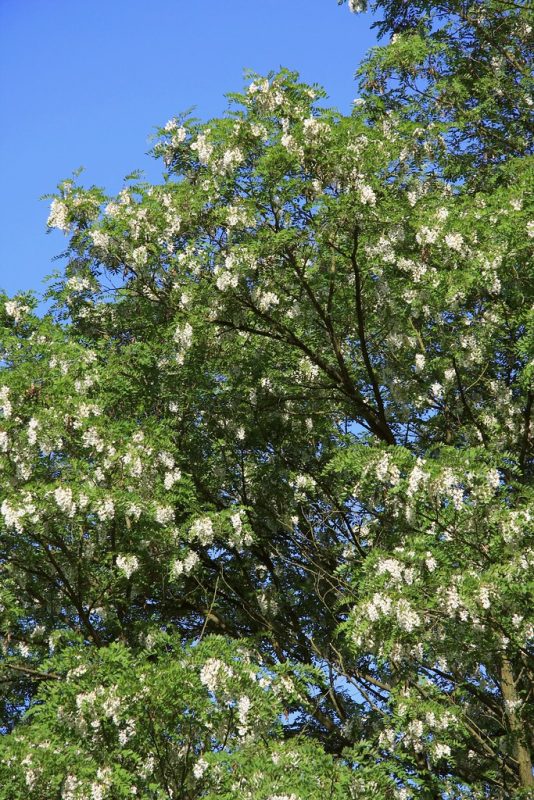
The Black Locust tree, with its fragrant white flowers, can grow up to 75 feet tall, making it an impressive feature in any garden. This tree prefers a sunny spot and provides a bounteous source of nectar when in bloom. Hummingbirds will flock to the blossoms while seeking shelter amongst the tree’s foliage.
Eastern Redbud (Cercis canadensis)
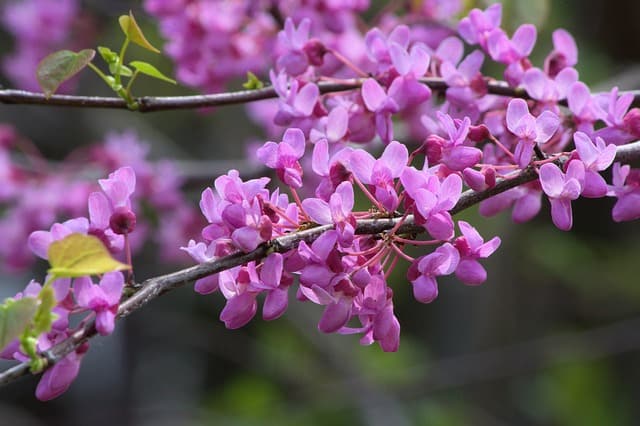
Thanks to its striking deep pink blooms, the Eastern Redbud is a visually appealing option that can grow anywhere from 12 to 25 feet. The blossoms appear early in spring, providing an immediate source of nectar for weary hummingbirds returning from migration. The tree also offers lovely heart-shaped leaves that create a beautiful backdrop.
Flowering Crabapple (Malus spp.)

With a variety of colors and types, Flowering Crabapple trees can brighten any spring garden. These versatile trees grow well in light sun to partial shade and typically vary in height. The early spring blossoms attract hummingbirds, and the resulting fruit can benefit other wildlife throughout the year.
Flowering Dogwood (Cornus florida)
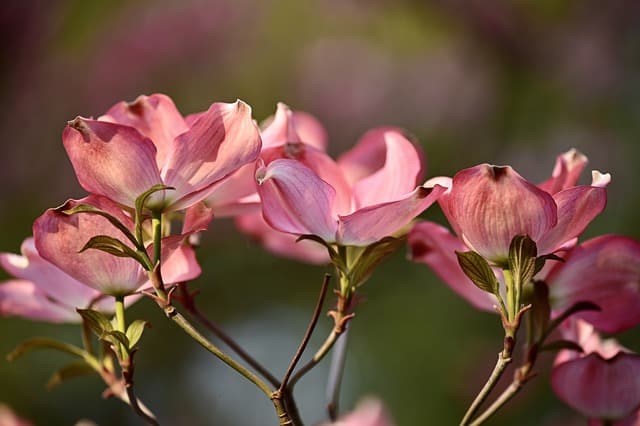
Flowering Dogwood trees are beloved for their exquisite white flowers and graceful structure. These trees flourish in full sun or light shade, reaching varying heights. When in bloom, they attract not only hummingbirds with their nectar but also butterflies, creating a vibrant wildlife haven.
Ohio Buckeye (Aesculus glabra)
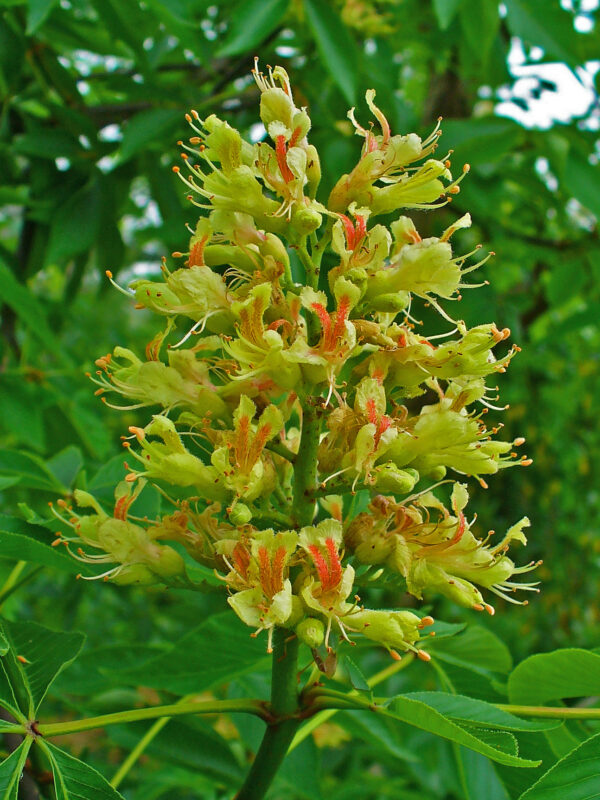
The stunning white flowers of the Ohio Buckeye tree can reach heights of up to 144 feet. Known for its impressive structure, this tree enjoys sunlight and provides a vital food source for hummingbirds during its spring bloom. While it has a sizable presence, its flowers create a great visual appeal and feed various pollinators.
Red Buckeye (Aesculus pavia)
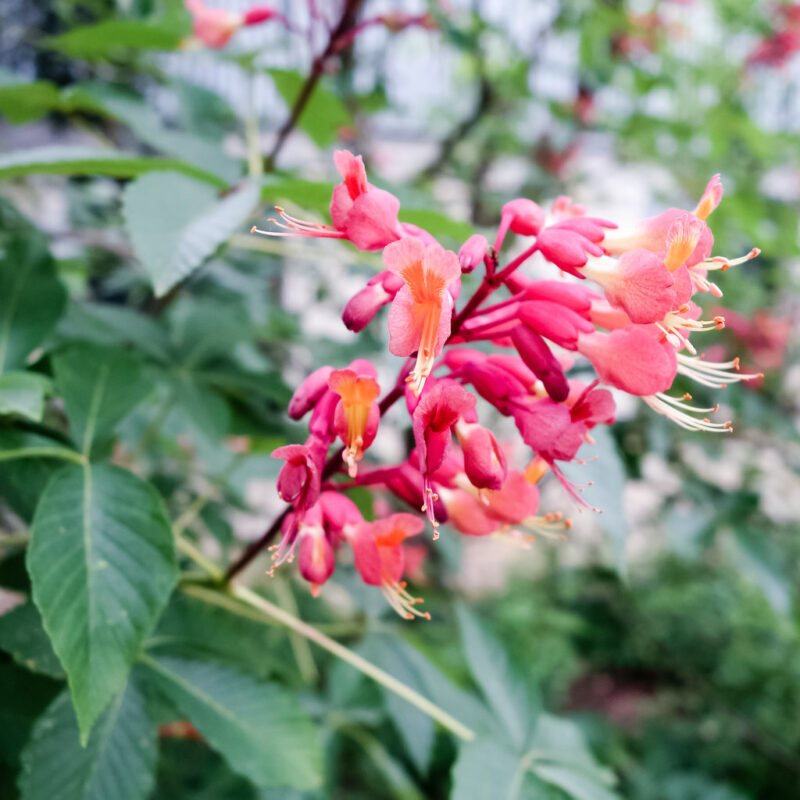
Red Buckeye trees flourish in sun to partial sun, reaching heights of 10 to 25 feet. Their striking red flowers emerge in early spring, making them a hummingbird favorite. This native tree is not only beautiful but serves as an excellent food source for hummingbirds just returning from migration.
Tulip Tree (Liriodendron tulipifera)
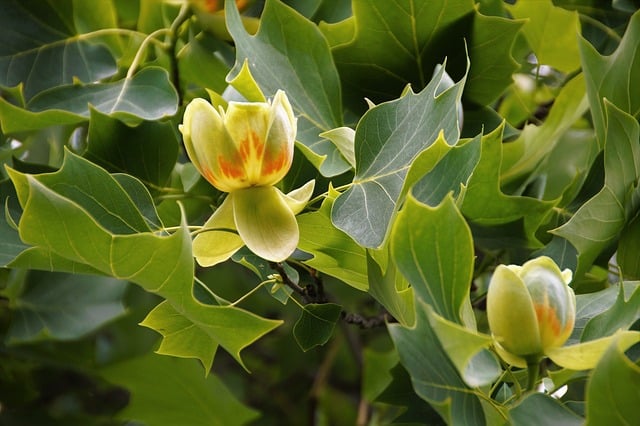
If you’re looking for something majestic, the Tulip Tree is a must-have. With heights exceeding 100 feet, it produces unique green flowers with orange centers. Preferring full sun, its towering presence adds a dramatic touch to any landscape and serves hummingbirds with abundant nectar during the blooming season.
Shrubs for Hummingbirds
Shrubs add structure and fills in the space between flowers and trees, ensuring that your garden remains attractive and inviting to hummingbirds. Here are some delightful shrubs that can help create an ideal habitat for these tiny creatures.
American Cranberry Bush (Viburnum trilobum)
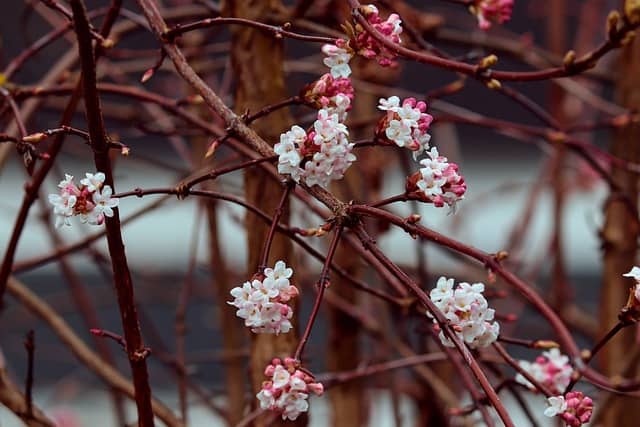
This hardy shrub can grow between 5 to 15 feet and features beautiful white flowers that bloom in late spring. It enjoys full sun to part sun and produces fruit that attracts various wildlife, making it beneficial not only for hummingbirds but for other birds and pollinators throughout the year.
Arrowwood Viburnum (Viburnum dentatum)
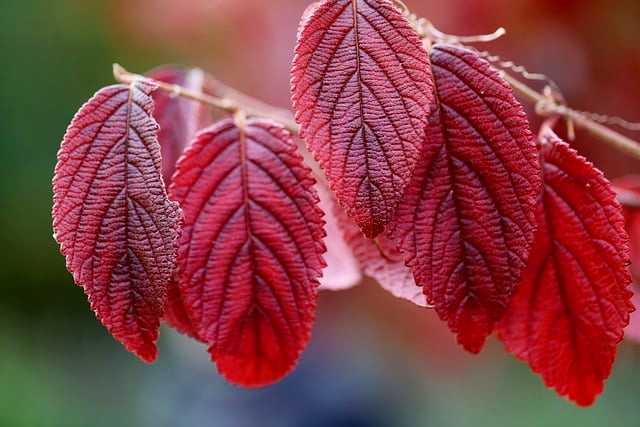
Arrowwood Viburnum is perfect for gardeners looking for a proliferous shrub. Reaching heights of 6 to 12 feet, this shrub thrives in light shade or full sun. Its clusters of white flowers bloom in late spring, providing essential nectar that hummingbirds and other pollinators covet.
Buttonbush (Cephalanthus occidentalis)
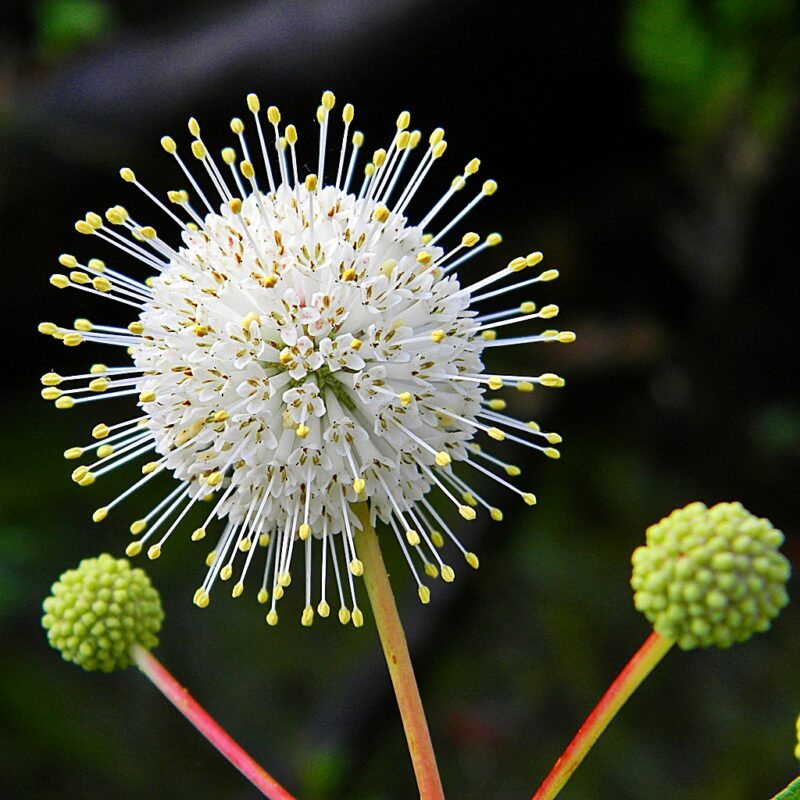
The Buttonbush is an eye-catching shrub that can grow up to 9 feet tall. It prefers full sun and produces round, white blooms in mid-summer that are not only beautiful but also serve as a magnet for hummingbirds. This native shrub thrives in wet environments, making it an excellent choice for moisture-rich areas in your landscape.
Red-Ozier Dogwood (Cornus sericea)
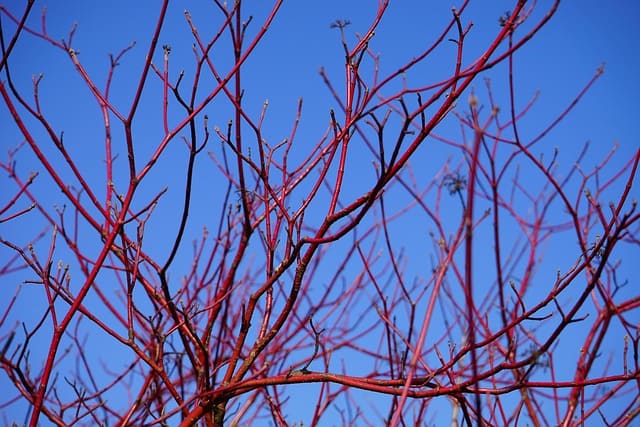
Reaching heights of 3 to 10 feet, the Red-Ozier Dogwood is notable for its striking red stems and white flowers. This shrub thrives in sunny to shadier spots and provides nectar in spring, inviting hummingbirds while also offering wildlife shelter.
Rhododendrons (Rhododendron spp.)
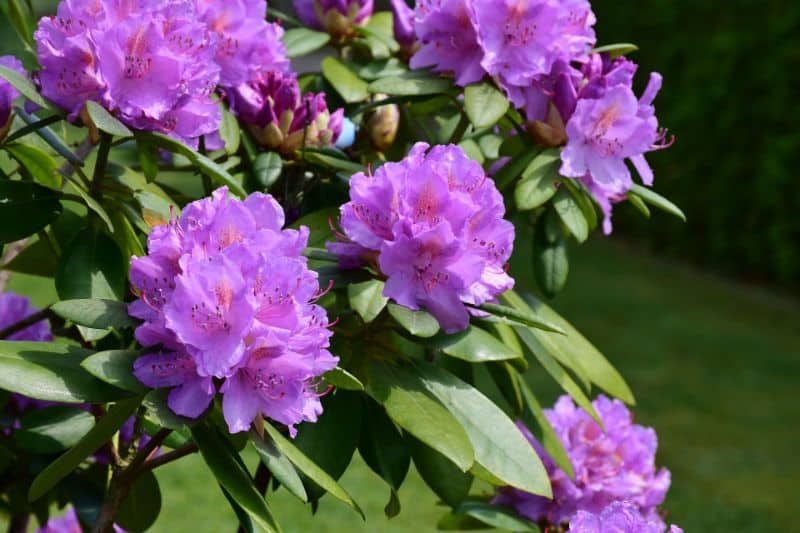
Rhododendrons are renowned for their stunning blossoms, which come in a variety of colors and sizes, providing beauty and attracting hummingbirds simultaneously. These shrubs thrive in partial shade and range widely in height, allowing them to fit in various garden styles. Their vibrant blooms are irresistible to hummingbirds seeking nectar.
Hummingbird Ground Covers
Ground covers can offer a beautiful way to add depth to your garden while enticing hummingbirds. Here are two notable options that serve as excellent nectar sources for these lively birds.
Bunchberry (Cornus canadensis)
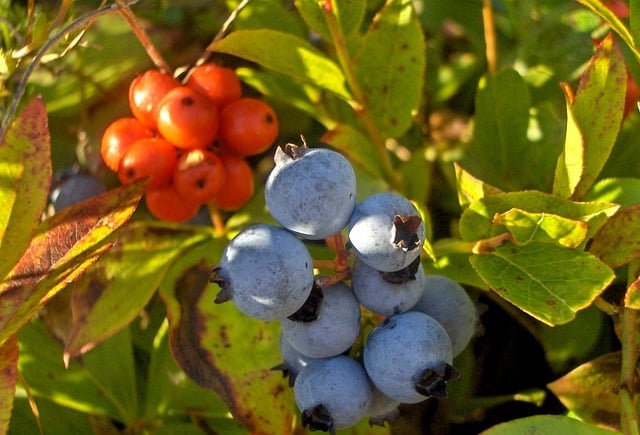
Bunchberry is a charming ground cover that thrives in shade and partial sunlight, reaching heights of 4 to 10 inches. Its white flowers bloom in late spring and produce small berries in summer. While the plant occupies lower levels in the garden, its flowers offer a source of food for hummingbirds seeking nourishment close to the ground.
Creeping Mahonia (Mahonia repens)
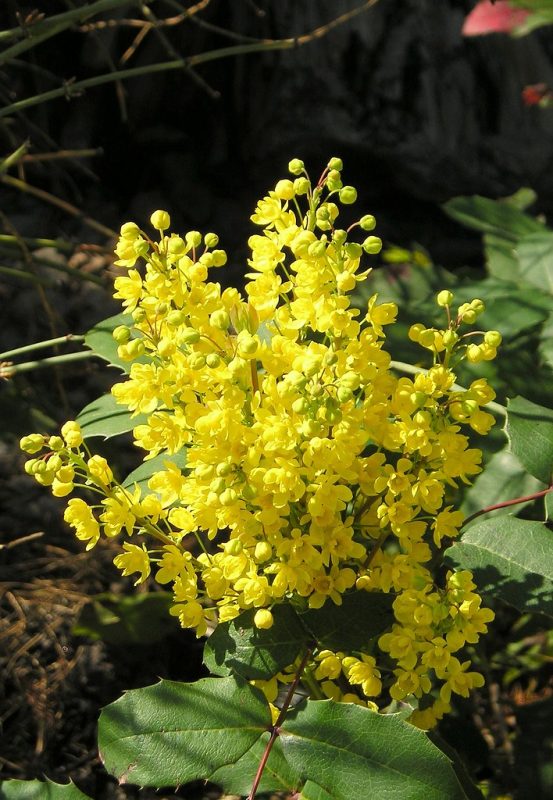
With cheerful yellow blooms that flourish in sun or shade, Creeping Mahonia makes for an excellent choice in ground cover. This low-growing shrub reaches heights of only 2 to 3 feet while producing sweet nectar that will attract hummingbirds. Its adaptability and attractive foliage make it a practical and beautiful addition to your garden landscape.
Vines that Attract Hummingbirds
Vining plants can create vertical interest while attracting hummingbirds to your garden. They work wonderfully on fences, trellises, or even arbors. Here are two remarkable options that are sure to delight both you and your feathered visitors.
Coral Honeysuckle (Lonicera sempervirens)
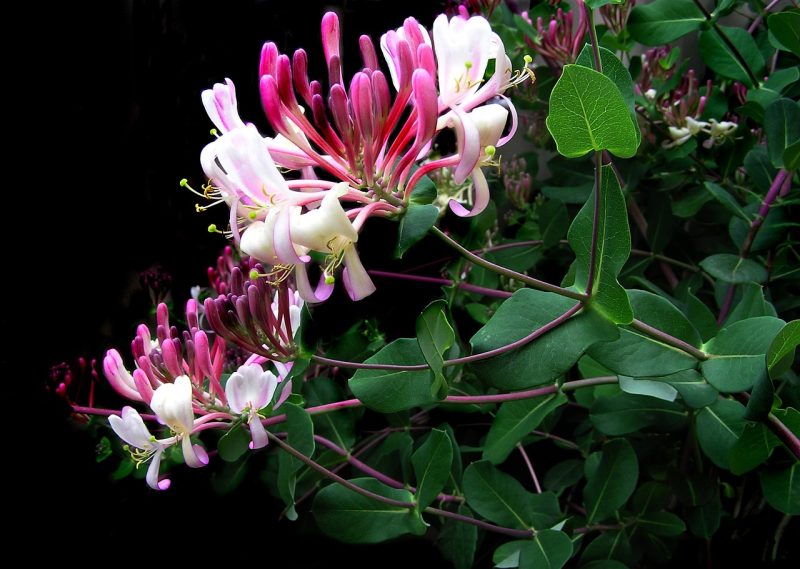
Coral Honeysuckle produces breathtaking orange-red blooms, growing between 4 and 15 feet long. Preferring sunny to partial sun conditions, this vining plant not only attracts hummingbirds but also brightens up fences or walls. Its sweet nectar and fragrant flowers create an inviting atmosphere for these energetic birds.
Trumpet Vine or Trumpet Creeper (Campsis radicans)
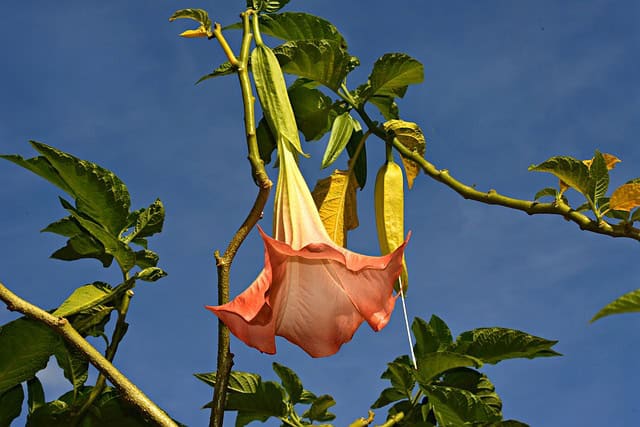
This vigorous vine boasts large, trumpet-shaped flowers that can range in color from deep orange to red. Growing between 8 and 33 feet, it thrives in sunny environments and provides an exceptional nectar source for hummingbirds during the summer months. Its hardy nature makes it a reliable choice for gardeners seeking to create a hummingbird haven.


